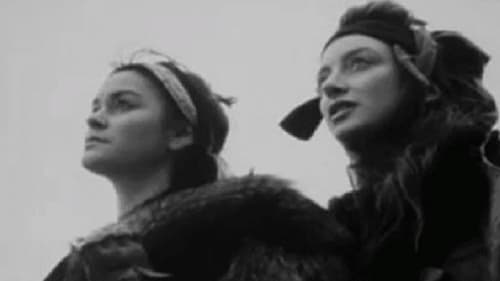
Director
The video The Last Breath is the culmination of four performances under the title The Last Breath. The subject is derived from memories of two experiences of approaching death. The first was at Speakers Corner in 1967, when a speaker spoke of his immanent death. The other is derived from being the sole witness to a man burning to death in an East London park in 1998.

Director
The performance attempts to draw a black hole through the analogy of the myth of mouse as a baleful entity. Sweating comes from physical exertion and is demonstrated in the performance. And it is a characteristic of fear...

Director
Cut is the last of a series of works which were made in response to the notion of 'The Last Breath'. In this the last work the subject has become an expression of the relationship between acts of destruction and its inevitable interrelationship with its other, as in the Hegelian thesis/antithesis of the dialectic.

Producer
About Performance Art and its historical origins including its links with folk customs. The film includes extracts from the work of many different performance artists from England and abroad collected from 1979 to 1983, amongst them: Tibor Hajas (Hungary), Rasa Todosijevic (Yugoslavia), Iain Robertson (Scotland), Zbigniew Warpechowski (Poland), Milan Knizak (Czechoslovakia), Natalia LL (Poland), Ewa Partum (Poland), Jan Mlcoch (Czechoslovakia), Sonia Knox (Northern Ireland), Jerzy Beres (Poland) and Stuart Brisley (England). The film also records the Haxey Hood and Padstow Hobbyhorse folk dances from Lincolnshire and Cornwall respectively.

Screenplay
About Performance Art and its historical origins including its links with folk customs. The film includes extracts from the work of many different performance artists from England and abroad collected from 1979 to 1983, amongst them: Tibor Hajas (Hungary), Rasa Todosijevic (Yugoslavia), Iain Robertson (Scotland), Zbigniew Warpechowski (Poland), Milan Knizak (Czechoslovakia), Natalia LL (Poland), Ewa Partum (Poland), Jan Mlcoch (Czechoslovakia), Sonia Knox (Northern Ireland), Jerzy Beres (Poland) and Stuart Brisley (England). The film also records the Haxey Hood and Padstow Hobbyhorse folk dances from Lincolnshire and Cornwall respectively.

Action on Water
Through the experiences of two women in Paris and London, Ghost Dance offers an analysis of the complexity of our conceptions of ghosts, memory and the past. The film focuses on the French philosopher Jacques Derrida, who observes, 'I think cinema, when it's not boring, is the art of letting ghosts come back.' He also says that 'memory is the past that has never had the form of the present.'

Anne Bean, John McKeon, Stuart Brisley, Rita Donagh, Jamie Reid and Jimmy Boyle are interviewed about their artistic practice and the legacy of Surrealism on their work.

This bold film invites sustained, deep engagement as it works through a steady stream of ideas around the theme of resistance, both in its political and psychological manifestations. Artists Stuart Brisley and Marc Camille Chaimovicz assume the roles of historical figures from the French Resistance, and eventually reach breaking point as theatrical limits are met and breached.

Director
The film Arbeit Macht Frei (Work Makes Free) was conceived after the performance 'And For Today Nothing' which took place at Gallery House Goethe Institute in London in 1972. The words Arbeit Macht Frei were wrought in iron and placed on or above the entrance gates to some if not all Nazi Concentration Camps in the period of Nazi rule in Germany and its conquered territories between 1933 and 1945. The film is conceived as an analogous representation of the objection to genocide.








